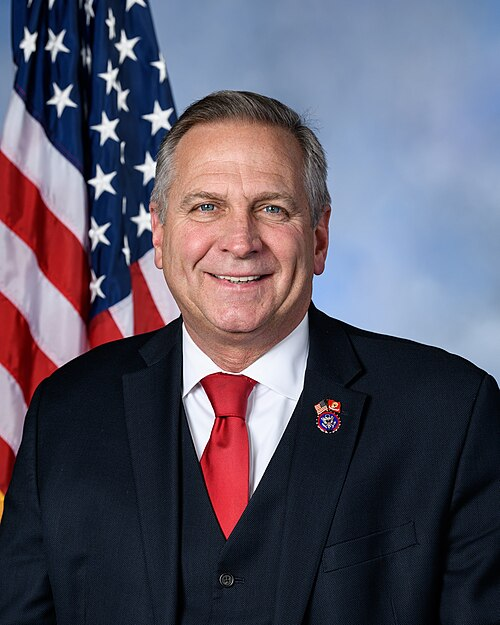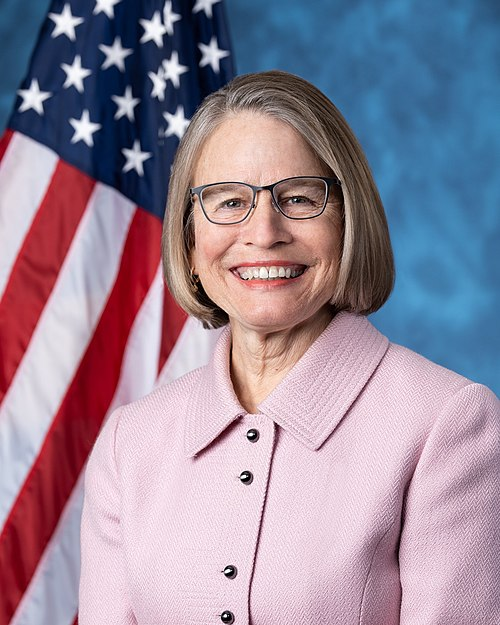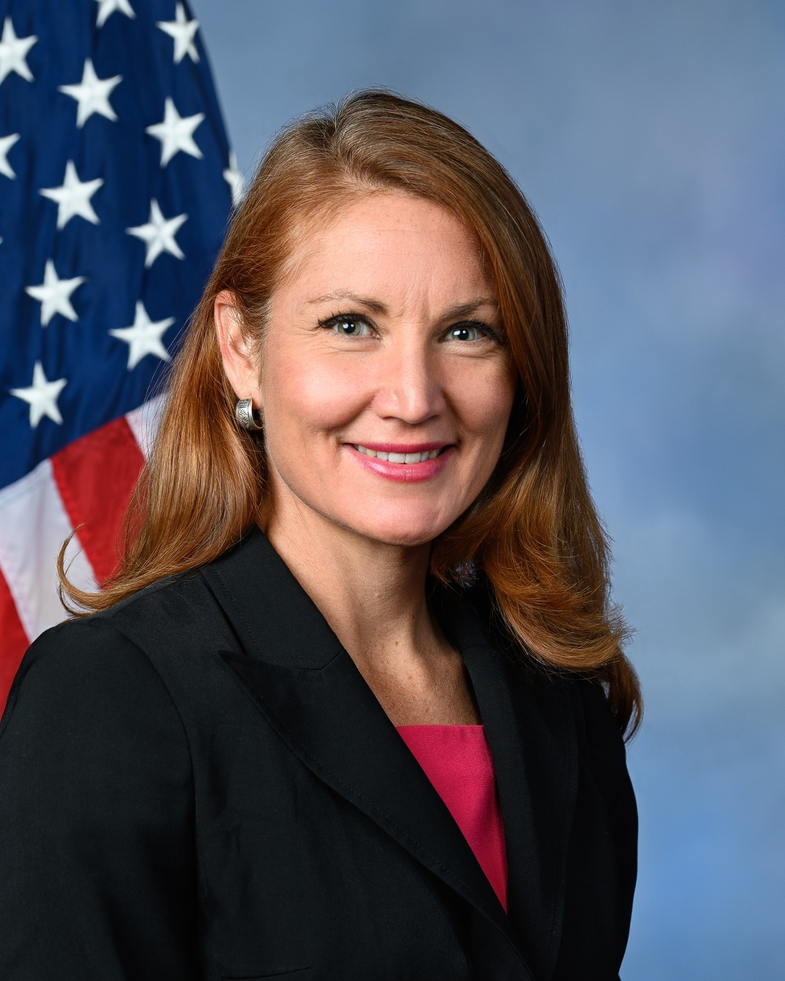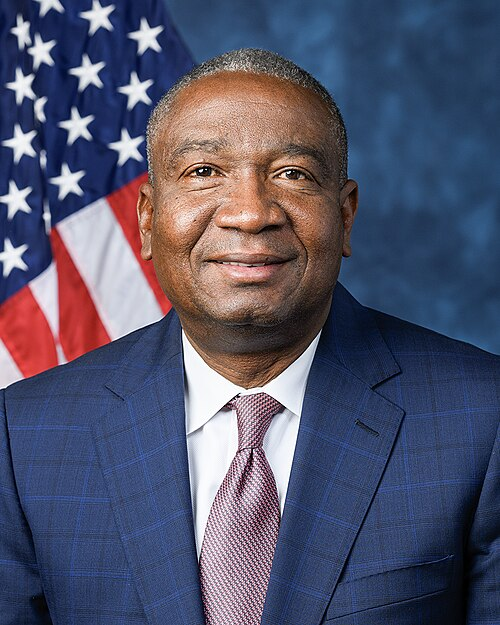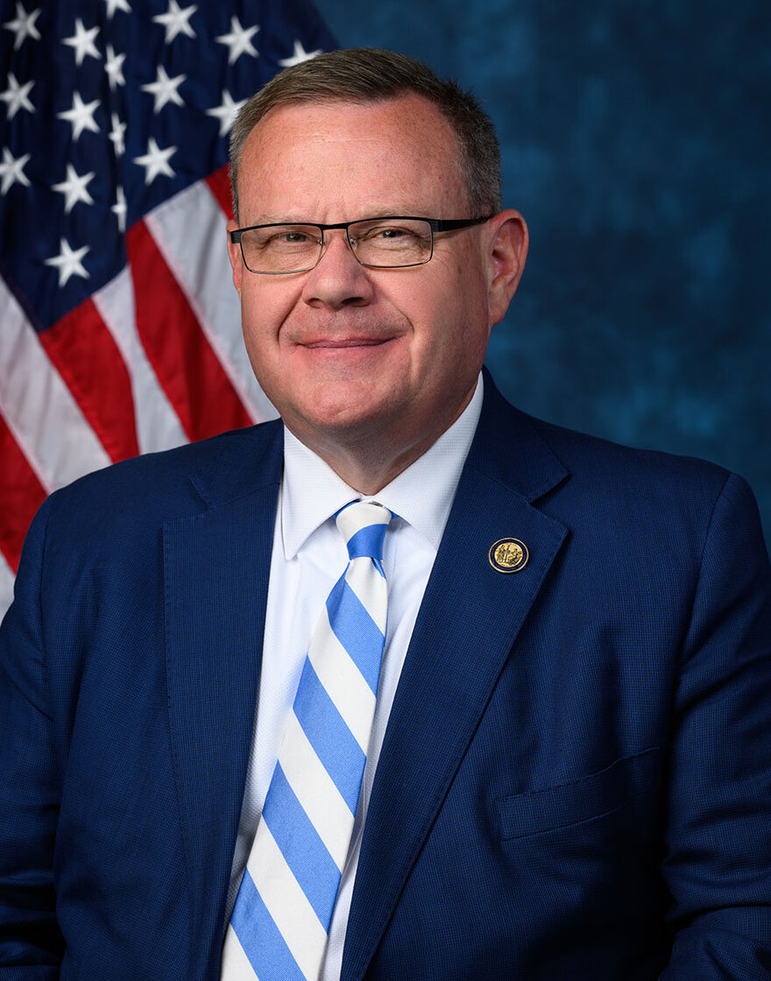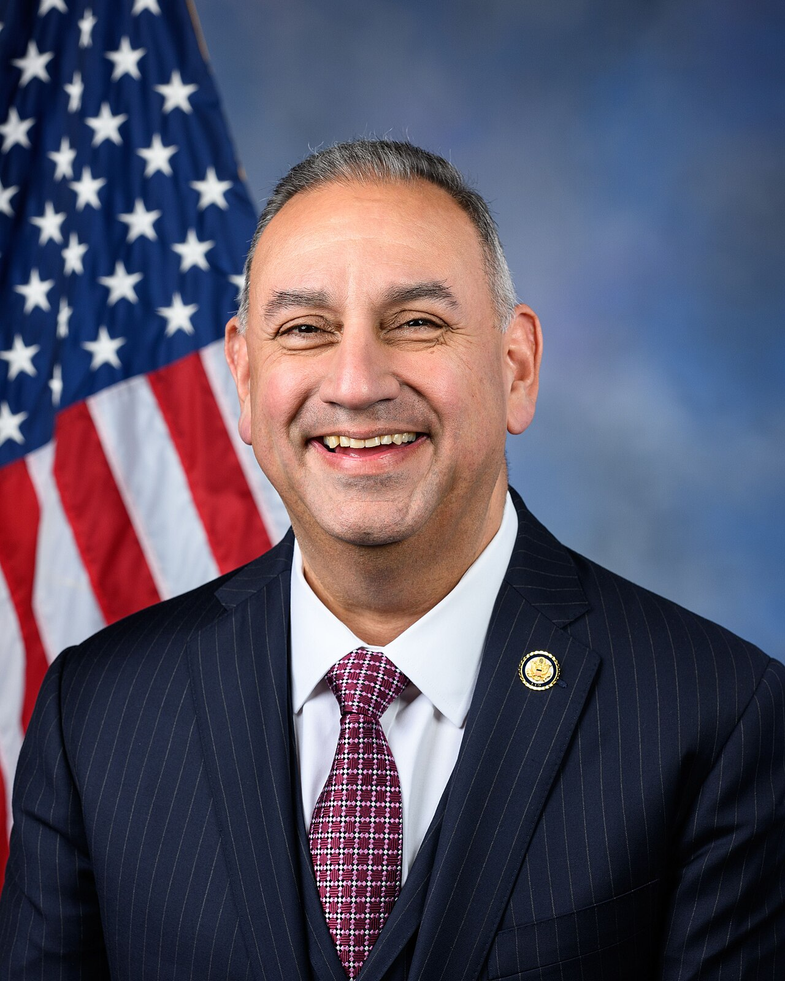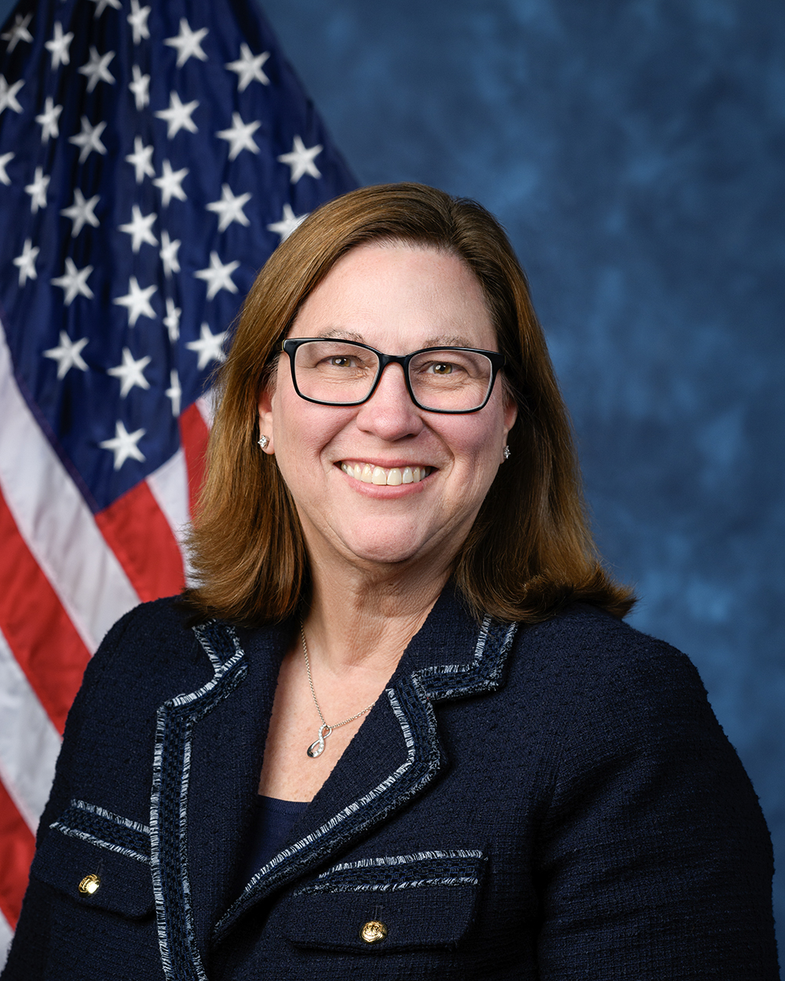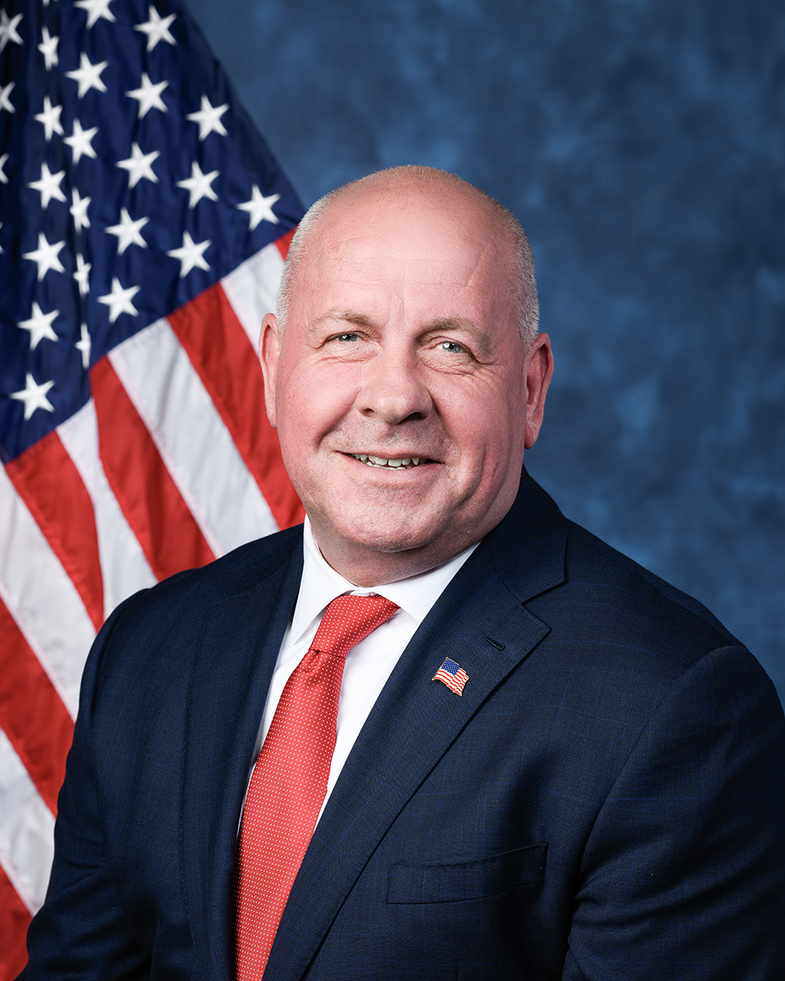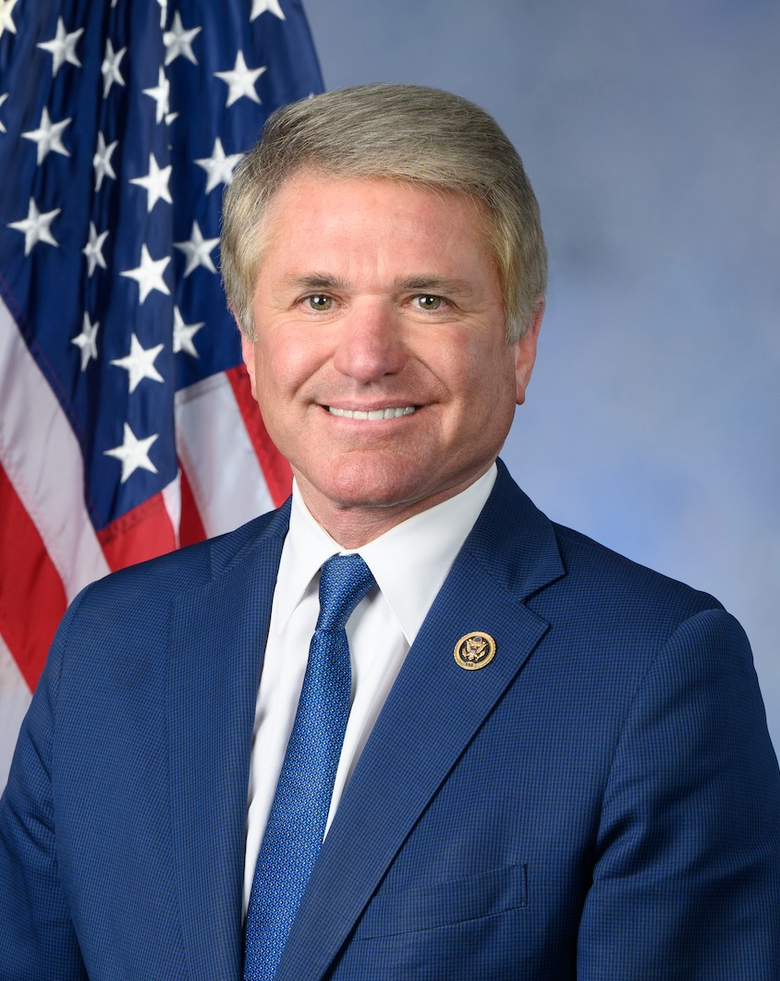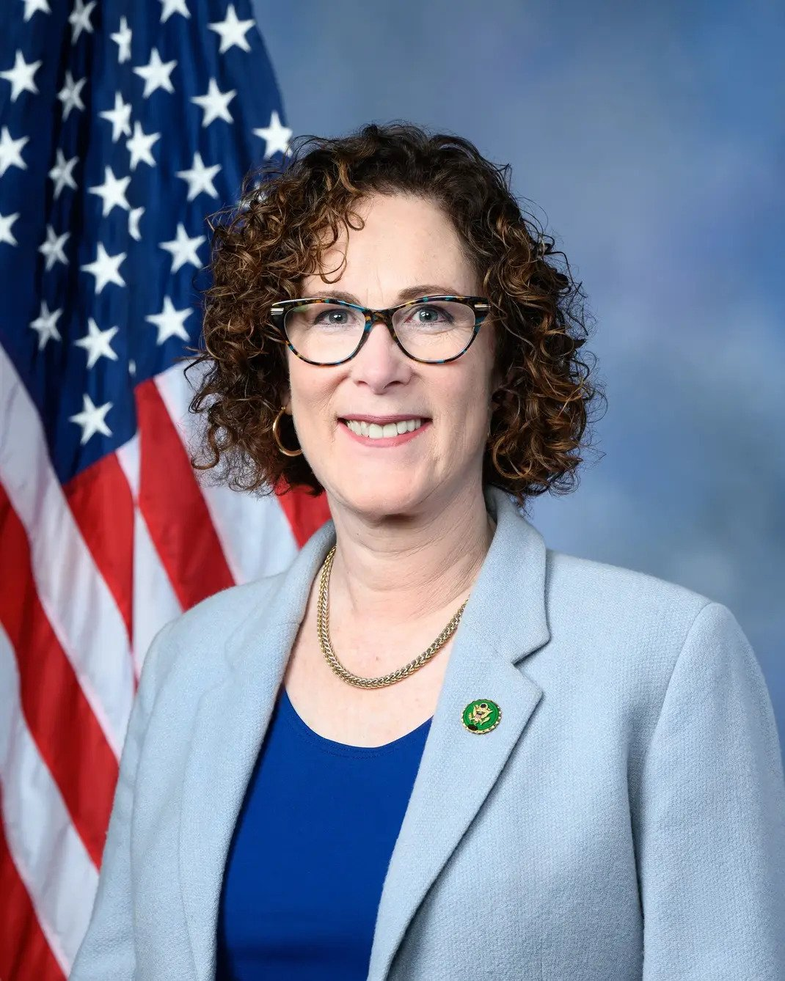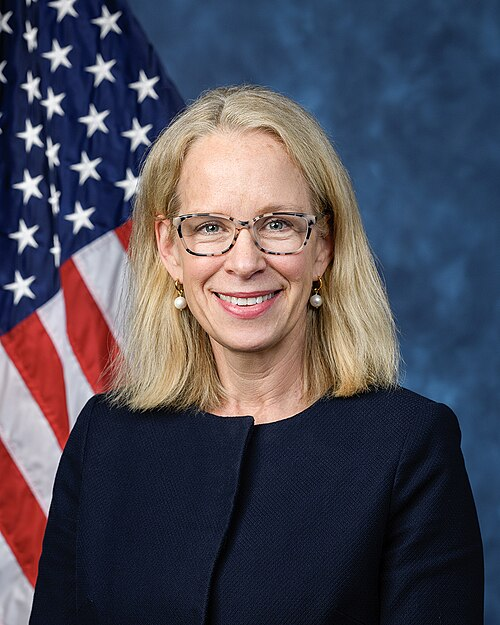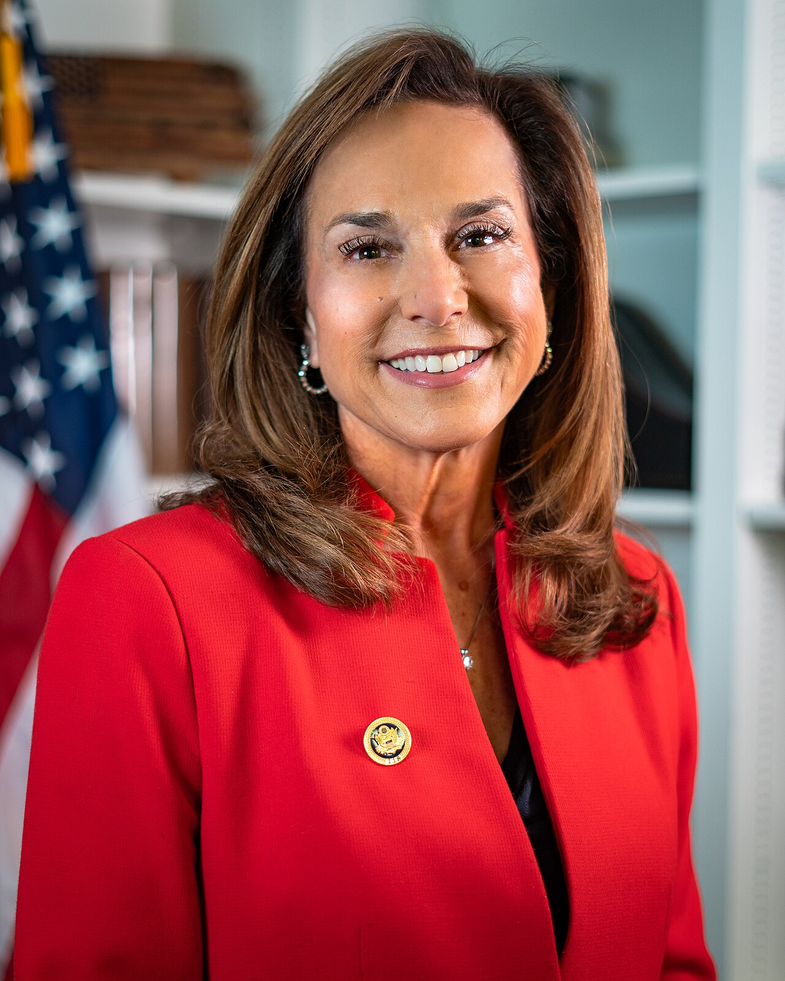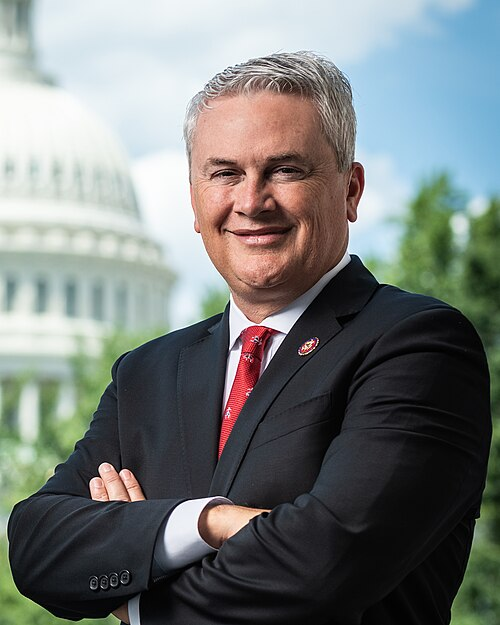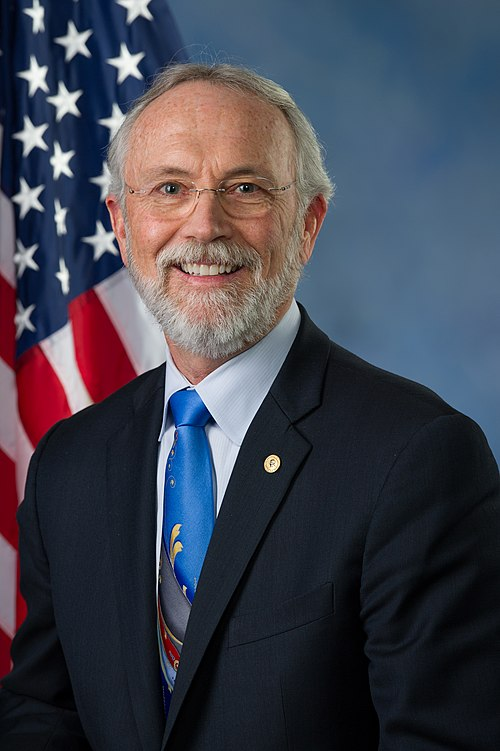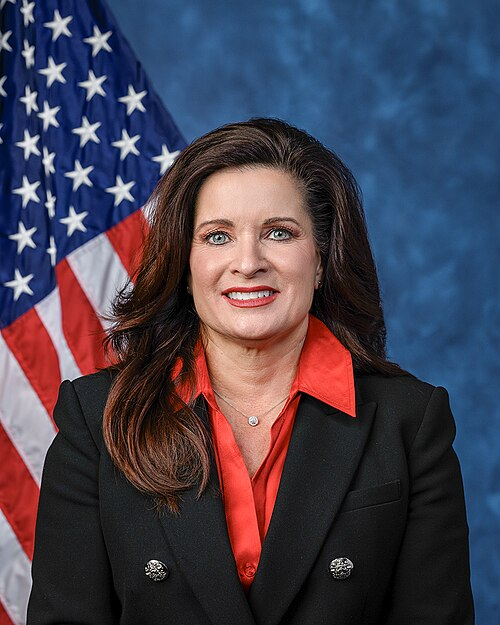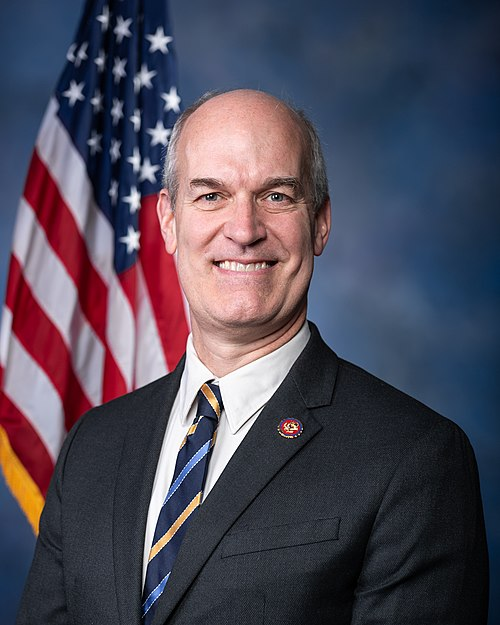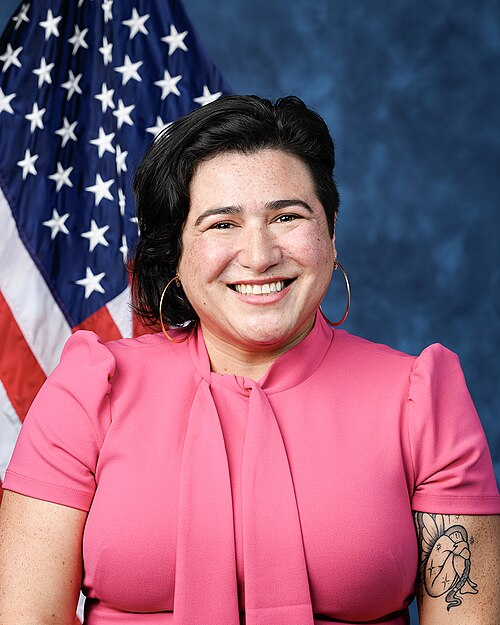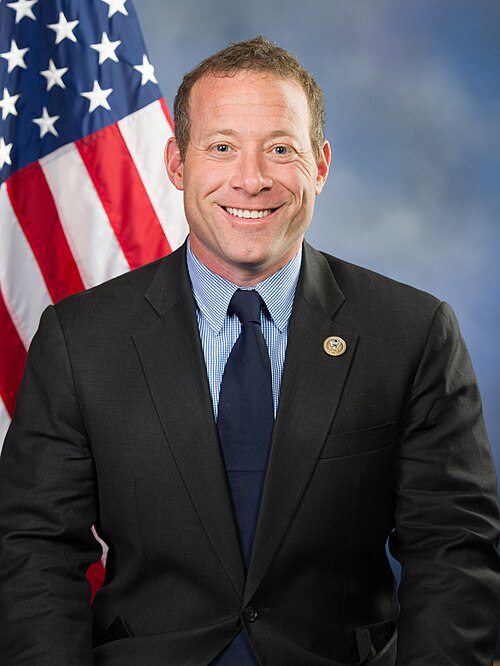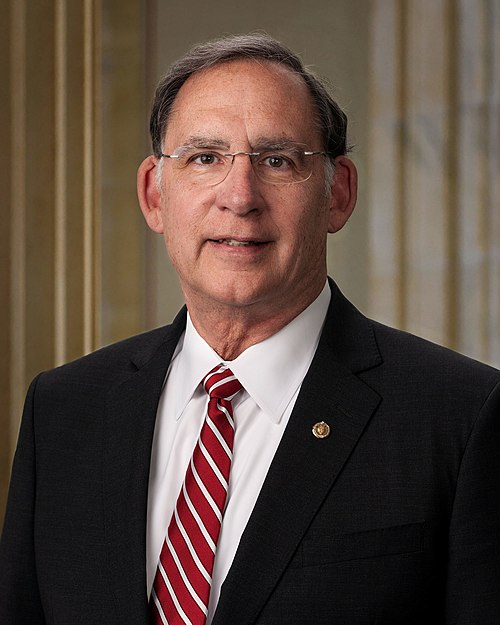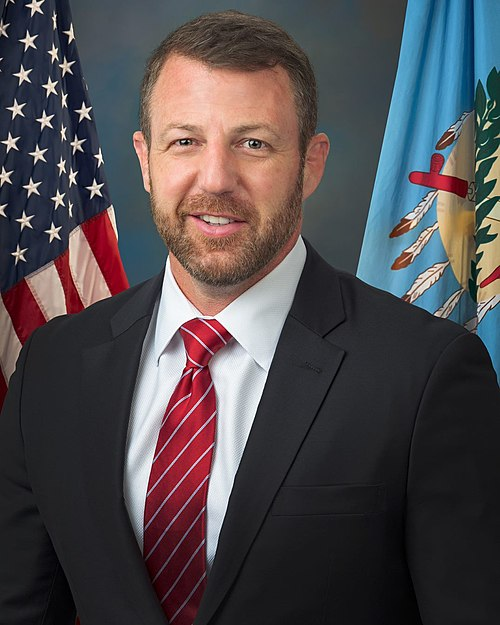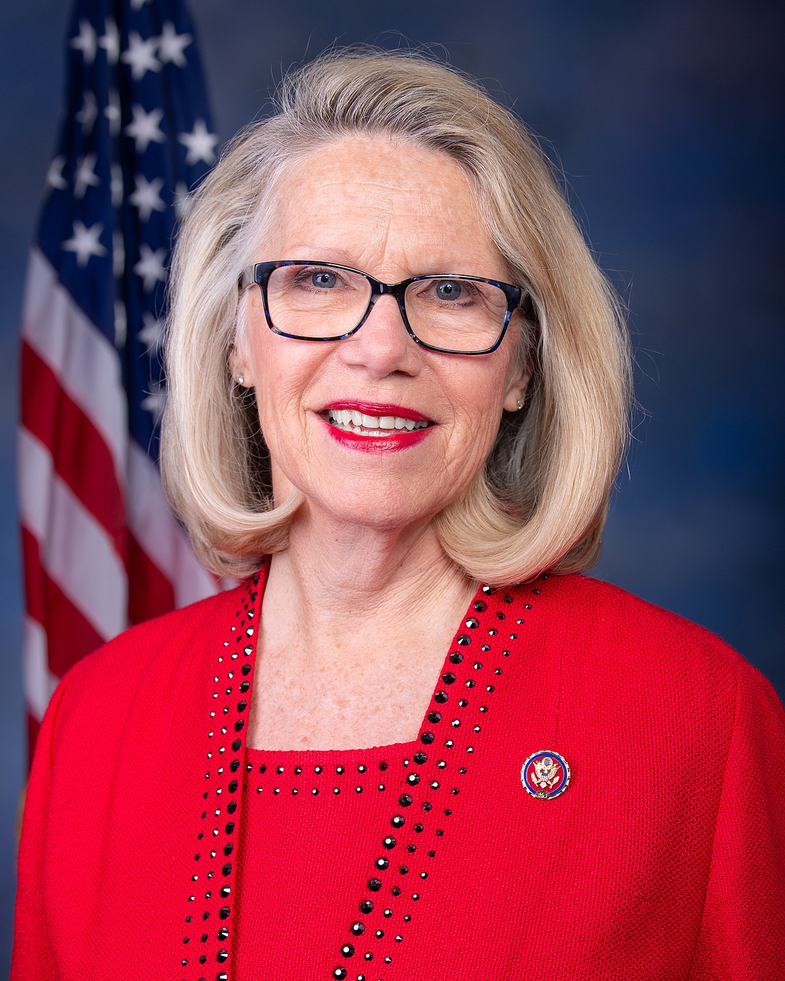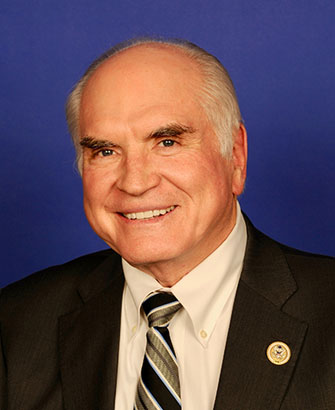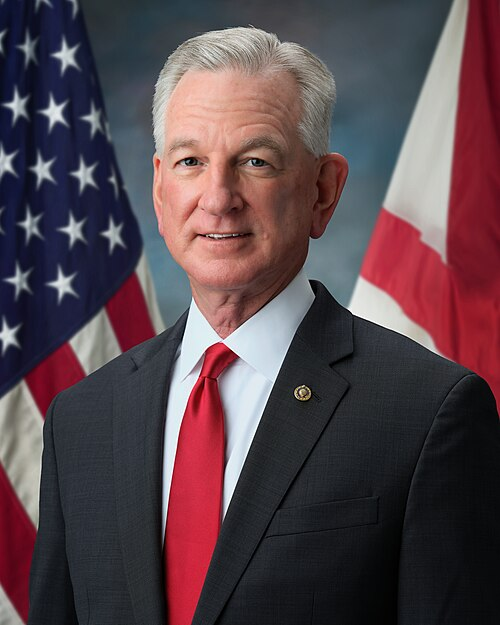H.R. 3280: Rural Broadband Modernization Act
This bill, known as the Rural Broadband Modernization Act, aims to improve access to high-speed broadband telecommunications services in rural areas of the United States. Here are the key elements of the bill:
Purpose and Scope
The bill focuses on providing financial assistance through grants, loans, and loan guarantees to support the construction, improvement, and acquisition of broadband facilities and equipment specifically in rural areas. The goal is to ensure that rural households can obtain high-quality broadband services.
Definitions
- Broadband service: Refers to any technology that can transmit data to enable users to access high-quality voice, data, graphics, and video.
- Rural area: Defined as areas with a population less than 20,000 residents, excluding certain urban locales.
Financial Assistance
The bill designates the Secretary of Agriculture to manage the distribution of grants, loans, and loan guarantees for eligible entities to enhance broadband services. Key components include:
- Funding for rural broadband projects that deliver at least 100 Mbps symmetrical speeds for households.
- An established application process for funding that ensures timely review and decision-making, aiming for action within 30 days.
- Priority for funding will be given to projects addressing unserved communities, especially those with no broadband service, and projects that can serve a larger segment of rural households.
Eligibility Criteria
To qualify for assistance, entities must demonstrate their capacity to deliver broadband service, submit necessary applications, and commit to completing project buildout within five years of funding approval. Additionally, the bill sets certain limitations on funding to ensure that no single entity dominates the grants or loans based on its share of the telecommunications market.
Project Funding Details
Grants can cover up to 75% of project costs, with the possibility of 100% funding for services in particularly sparsely populated areas. The Secretary will determine the specifics of grant amounts based on project needs and characteristics.
Ongoing Requirements and Compliance
The bill stipulates that the minimum acceptable broadband service standard involves at least 100 Mbps download speeds and 20 Mbps upload speeds. This standard will be reviewed and potentially adjusted every two years to keep pace with technology and service requirements.
Impact Assessment and Local Collaboration
The bill encourages collaboration with various stakeholders, including state and local governments, nonprofits, and community institutions such as schools and libraries, to bolster broadband services in rural areas.
Funding Authorization
The legislation authorizes up to $500 million per year for five years, from 2026 through 2030, to fund these initiatives. Funds allocated to states will consider the number of small communities in need, and unspent funds may be redirected to other states.
Conclusion of Authority
The act clarifies that no funds can be disbursed after September 30, 2030, thus setting a definitive timeline for the use of these financial resources.
Relevant Companies
- T (AT&T Inc.): Likely to be impacted due to its substantial market share in telecommunications and existing services in rural areas.
- VZ (Verizon Communications Inc.): As a significant broadband provider, Verizon may be involved in projects aimed at expanding broadband access in underserved rural communities.
- CMCSA (Comcast Corporation): Comcast's operations may be affected as it expands services or faces competition in newly funded broadband expansion areas.
This is an AI-generated summary of the bill text. There may be mistakes.
Sponsors
4 bill sponsors
Actions
2 actions
| Date | Action |
|---|---|
| May. 08, 2025 | Introduced in House |
| May. 08, 2025 | Referred to the Committee on Agriculture, and in addition to the Committee on Energy and Commerce, for a period to be subsequently determined by the Speaker, in each case for consideration of such provisions as fall within the jurisdiction of the committee concerned. |
Corporate Lobbying
0 companies lobbying
None found.
* Note that there can be significant delays in lobbying disclosures, and our data may be incomplete.



